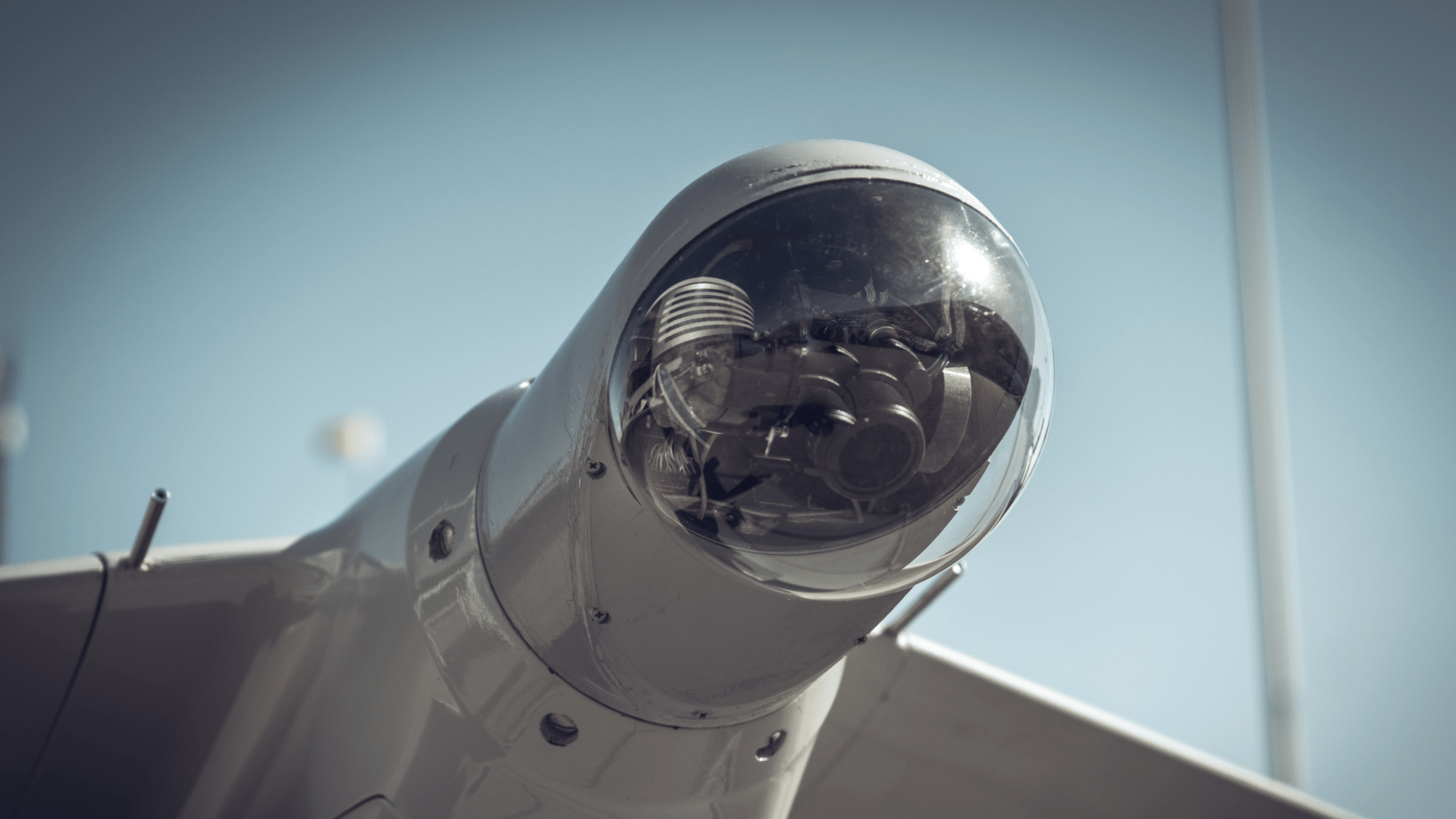Lidar (Light Detection and Ranging): Illuminating the World with Laser Precision

Glossary Definition
Lidar, an acronym for Light Detection and Ranging, is a powerful remote sensing method that utilizes pulsed laser light to accurately measure ranges or distances to the Earth’s surface and other objects. Operating on the principle of laser reflection, Lidar technology has found extensive applications in environmental monitoring, geospatial mapping, autonomous vehicles, and more. In this comprehensive exploration, we will delve into the significance, working principles, and diverse applications of Lidar, shedding light on how this remarkable technology illuminates the world with laser precision.
How Lidar Works
1. Emitting Laser Pulses:
A Lidar system emits short bursts of laser pulses in various wavelengths towards the target area or object of interest.
2. Reflection and Detection:
The emitted laser pulses interact with the Earth’s surface or the target object. The Lidar system then detects the reflected light or “backscatter” from these interactions.
3. Time-of-Flight Measurement:
By precisely measuring the time it takes for the laser pulses to travel to the target and back to the Lidar sensor, the system calculates the distance or range to the target with exceptional accuracy.
Applications of Lidar
1. Environmental Monitoring:
Lidar is widely used in environmental studies to measure vegetation height, detect forest canopy structures, and monitor changes in coastal and glacial areas.
2. Geospatial Mapping:
In geospatial mapping applications, Lidar is instrumental in creating high-resolution digital elevation models (DEMs) and 3D terrain reconstructions.
3. Autonomous Vehicles:
Lidar plays a crucial role in the development of autonomous vehicles, providing real-time and precise 3D mapping of the vehicle’s surroundings for navigation and obstacle avoidance.
4. Atmospheric Research:
Lidar is utilized in atmospheric research to study aerosols, clouds, and air pollutants, providing valuable data for climate and weather modeling.
Types of Lidar Systems
1. Airborne Lidar:
Airborne Lidar systems are mounted on aircraft and are commonly used for large-scale mapping and surveying, covering vast areas efficiently.
2. Terrestrial Lidar:
Terrestrial Lidar systems are stationary and are often used for high-precision scanning and measurement of small to medium-sized areas or objects.
3. Mobile Lidar:
Mobile Lidar systems are integrated into vehicles, boats, or drones, allowing for flexible and rapid data collection in diverse environments.
FAQs
Q1: What is the difference between Lidar and Radar?
A1: Lidar uses laser light to measure distances, while Radar uses radio waves. Lidar typically provides higher resolution and accuracy for shorter ranges, whereas Radar excels in long-range detection and tracking.
Q2: Can Lidar work in adverse weather conditions?
A2: Lidar performance can be affected by adverse weather conditions, such as heavy rain or fog, which may reduce the effectiveness of the laser pulses’ reflection and detection.
Q3: Is Lidar safe for the environment?
A3: Yes, Lidar is generally safe for the environment. The laser pulses used in Lidar systems are carefully controlled and have low power, posing minimal risk to humans and wildlife.
Conclusion
Lidar, with its ability to measure distances with laser precision, has revolutionized remote sensing and mapping across various industries. From environmental monitoring to autonomous vehicle navigation, Lidar continues to unlock new possibilities and enhance our understanding of the world. As technology advances and Lidar systems become more compact and efficient, this remarkable technology will play an increasingly vital role in scientific research, environmental protection, urban planning, and beyond, shining a laser-guided light on the world’s challenges and opportunities.


